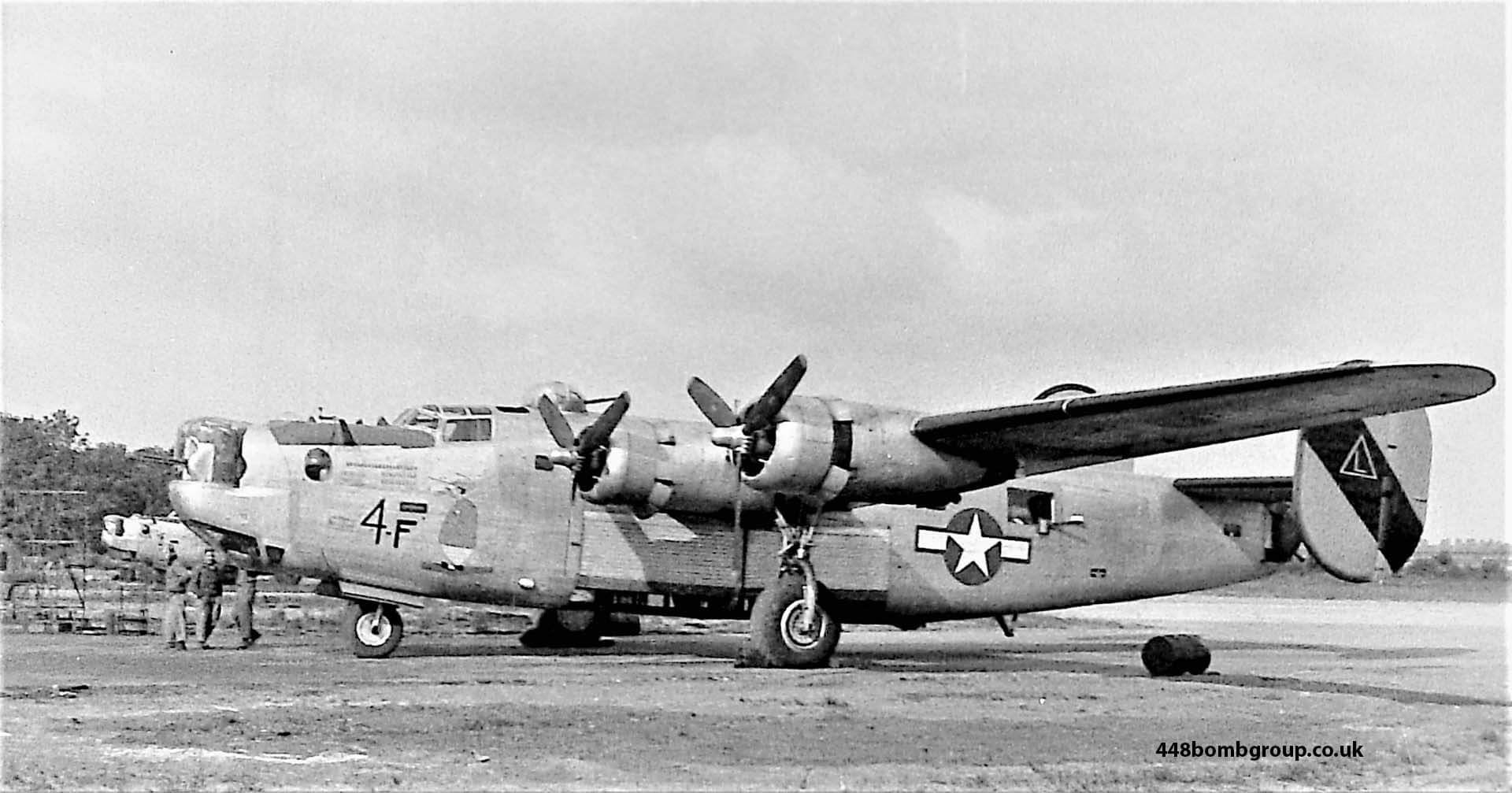
From USAAF Base to Modern Flying Club
Seething Airfield, designated as Station 146 by the USAAF (United States Army Air Forces), was constructed in 1942-43 as one of the many airfields built in East Anglia to accommodate the American strategic bombing campaign against Nazi Germany.
The airfield was home to the 448th Bombardment Group (Heavy), who flew B-24 Liberator bombers on strategic missions over occupied Europe from December 1943 until the end of the war in 1945.
During its operational period, the 448th flew 262 combat missions, losing 101 aircraft in the process - a testament to the bravery of the young men who flew from Seething.
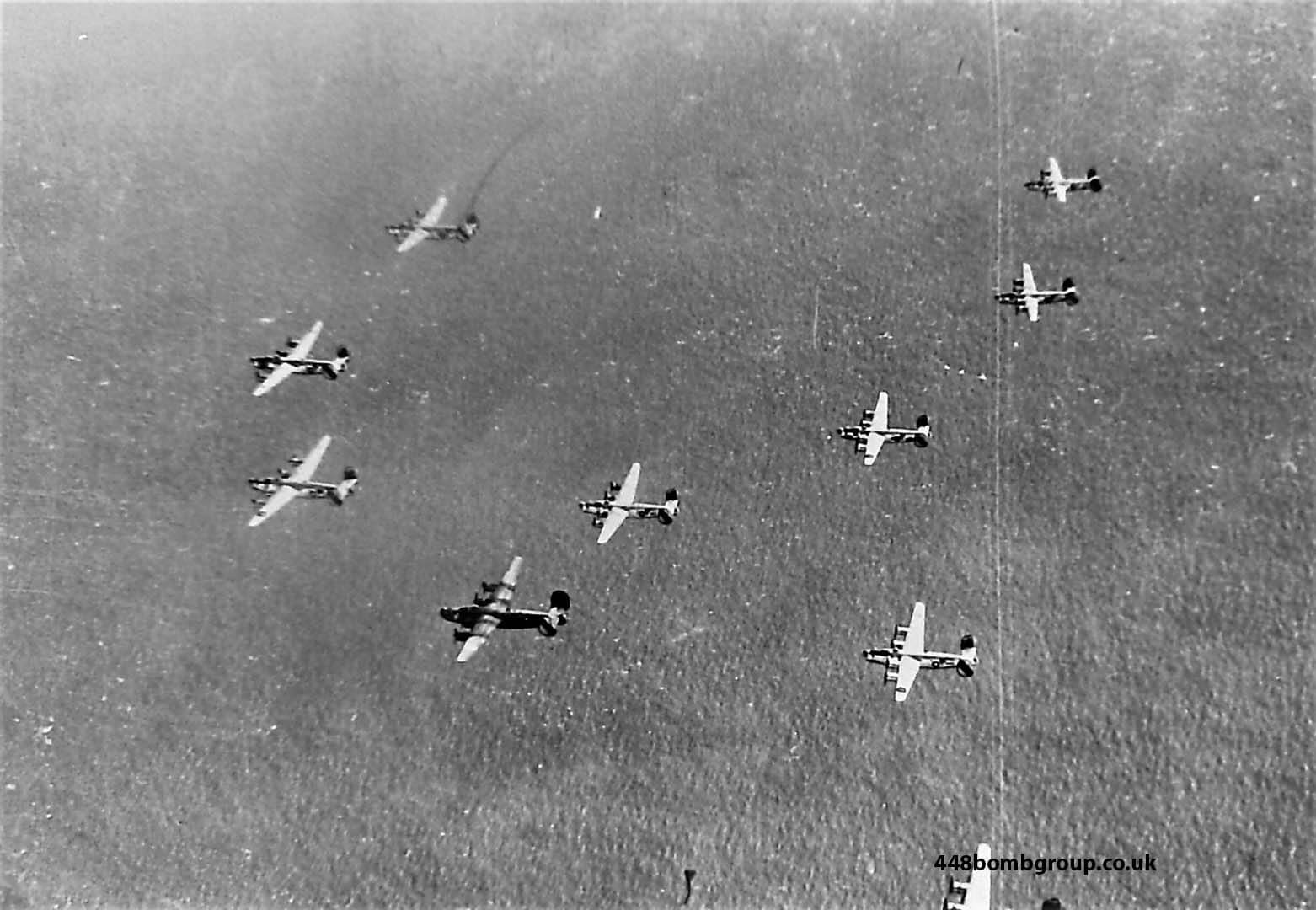
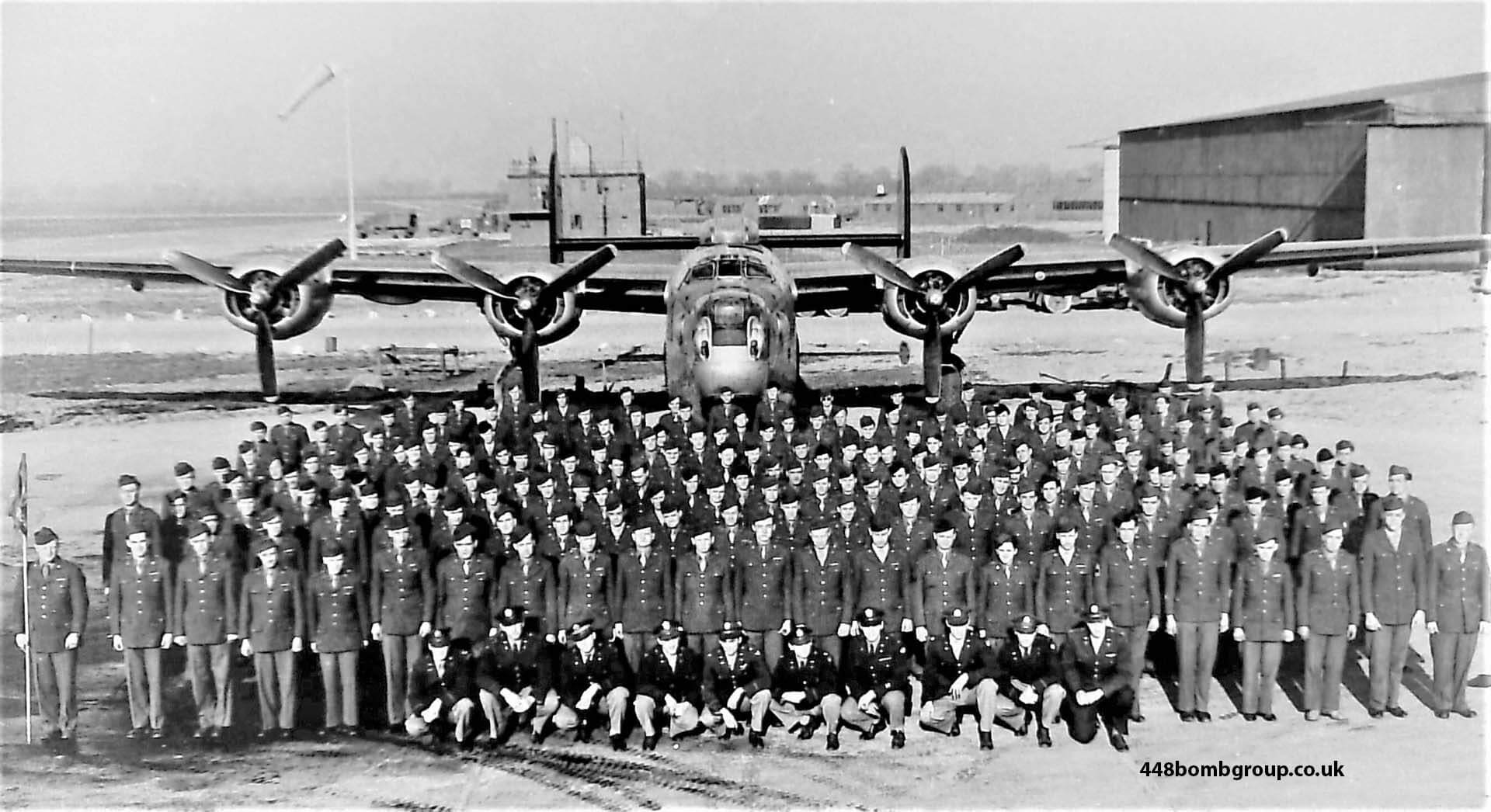
The airfield was built to the standard USAAF heavy bomber design, with three intersecting concrete runways, 50 hardstands for aircraft parking, and numerous support buildings including two T-2 hangars.
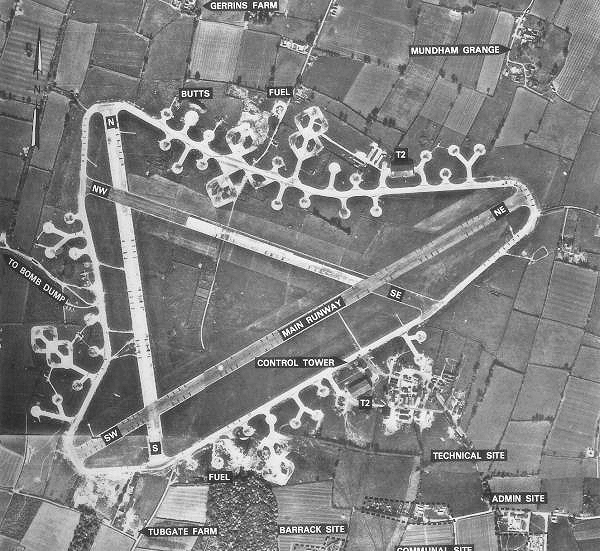
The complete military airfield with intersecting runways and extensive facilities
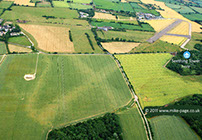
Crop marks reveal the outline of the former runways and aircraft dispersal areas
6,000 ft × 150 ft (1,829 m × 46 m)
Approximately 3,000 personnel stationed at peak
Control tower, living quarters, mess halls, hospital, and maintenance facilities
Provided air support during the Normandy landings
Participated in the strategic bombing of the German capital
Supported the airborne invasion of Holland
Flew missions against German transportation networks
Life at Seething during wartime was a mix of intense operations and brief periods of downtime. The airmen worked around the clock to maintain the aircraft and prepare for missions, while the flight crews faced the perilous task of flying deep into enemy territory.
The local community formed close bonds with the American servicemen, with many friendships and romances developing despite the difficult circumstances. Dances were regularly held in the nearby villages, providing some respite from the stresses of war.
After the war ended in 1945, the 448th Bombardment Group returned to the United States, and the airfield was returned to the Royal Air Force. By 1947, the RAF had little use for the facility, and it was closed and returned to agricultural use.
Many of the original buildings were demolished or repurposed. The concrete runways were broken up and used for road building materials, with only fragments remaining. The control tower, however, remained standing - a silent sentinel to the airfield's wartime past.
During the 1950s and 1960s, the land was primarily used for farming, with little aviation activity. Local people would sometimes use parts of the old perimeter track for informal car racing, but the days of B-24 Liberators thundering overhead seemed to be firmly in the past.
Despite the physical changes to the airfield, the memories of the 448th Bombardment Group were kept alive by both local residents and veterans. Reunions of former personnel began to be held, creating an enduring connection between the airfield, the local community, and the American veterans who had served there.
The bonds formed during those difficult wartime years proved remarkably durable, laying the groundwork for the preservation efforts that would come later.
In the early 1970s, a group of aviation enthusiasts established the Waveney Flying Group (later to become the Norfolk & Suffolk Flying Club) and began to restore parts of the old airfield for light aircraft operations. A grass runway was established, following roughly the same alignment as one of the original concrete runways.
Throughout the 1970s and 1980s, the flying club grew steadily, attracting private pilots and offering flight training to new generations of aviators. The airfield once again echoed with the sound of aircraft engines, albeit much smaller ones than the powerful B-24s of the past.
The club worked to maintain and improve the facilities, gradually adding hangars, a clubhouse, and other amenities to support light aircraft operations. What had once been a major military airbase was now a thriving center for recreational aviation.

Waveney Flying Group establishes a grass airstrip on part of the former military airfield
Expansion of facilities including new hangars and improved runway surfaces
Growth into a modern flying club with a strong connection to the airfield's heritage


One of the most significant developments in preserving Seething's history was the restoration of the original control tower. In the 1980s, a dedicated group of volunteers formed the Station 146 Tower Association and began the painstaking process of restoring the deteriorating structure.
After years of hard work, the control tower was transformed into a museum dedicated to the 448th Bombardment Group and the history of the airfield. Today, the museum houses a remarkable collection of artifacts, photographs, and personal mementos donated by veterans and their families.
The museum is open to visitors on selected days and stands as a fitting memorial to the young American airmen who served at Seething during World War II, many of whom made the ultimate sacrifice.
Official Museum Website
448bombgroup.co.ukVisit the Seething Control Tower Museum Association's official website for detailed information about the museum, archives, and upcoming events.
Every year, Seething hosts memorial events to honor the service and sacrifice of the 448th Bombardment Group. These events often include flypasts by historic aircraft, displays of military vehicles, and ceremonies attended by veterans, their families, and local residents.
Annual ceremony held at the airfield memorial
Special gatherings for veterans and their families
Public events showcasing the airfield's history
The Seething Control Tower Museum is open to visitors on the first Sunday of each month from May to October, 10:00 AM to 4:00 PM. Group visits can be arranged by appointment.
Free entry
All donations go towards the maintenance of the museum and its collections.
For more information or to arrange a group visit, please email:
[email protected]